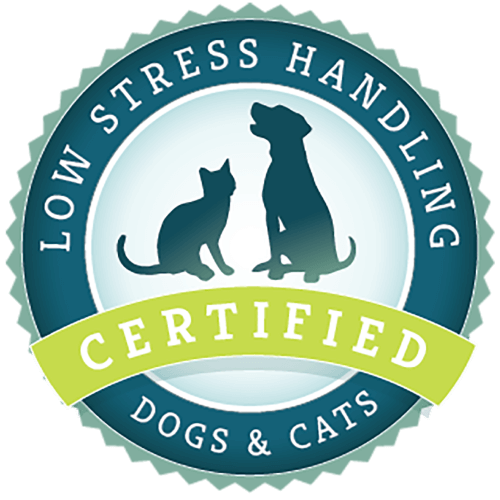What article are you looking for?
Category: Pet Owner
How to Prepare Your Cat for a Low Stress Handling® Blood Draw Visit
Veterinary visits can be stressful for everyone. Low-Stress Handling® Principles of Handling provide an opportunity for you to help your veterinarian to perform a safer and more thorough physical exam.
What Does Managing Behaviors Really Mean?
Management is an important part of the behavior modification process and is a first step in setting up your pet for success.
Does Enrichment Matter for My Cat?
Is enrichment as important for my new kitten as it would be for dogs or people? It sure is, and here are some tips.
What Is Cooperative Care in Veterinary Medicine?
Animal behavior is a crucial aspect of veterinary care. Whether your pet has pain or just “ain’t doing right,” the pet’s behavior, body language, and overall demeanor is part of obtaining a thorough and precise physical examination. Without this type of examination, symptoms and diagnoses may be missed that could make or break the treatment plans. Without the ability to communicate, the pet may panic causing increased fear, stress, aggression, and anxiety that is associated with handling and restraint. When the veterinary staff is unable to successfully examine or handle a patient, it becomes a quality-of-life concern as the veterinary
Walking Your Dog
Taking your dog for a walk should be an enjoyable event; walks are the primary reason some people get a dog. For some owners, issues arise that make going on walks less enjoyable. Let’s think about some options to help you both enjoy your walks more.

Low Stress Handling® Silver-Level Certification
Individual Certification at this level demonstrates to clients and employers the individual’s dedicated interest in Low Stress Handling®. Hospital Certification at this level demonstrates to clients and staff the hospital’s commitment to appropriately training staff in Low Stress Handling® methods.
Learn More
